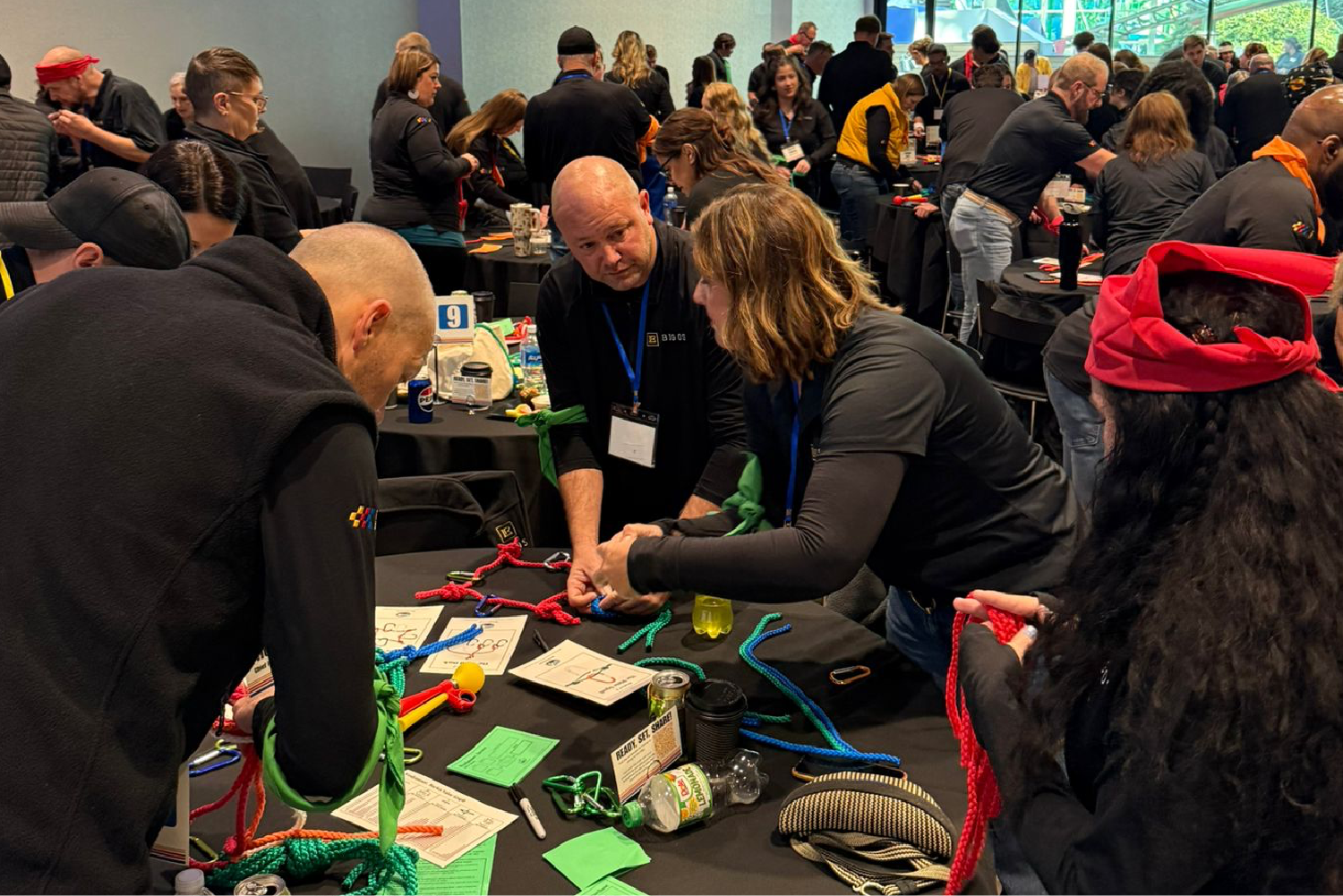[VIDEO] Silver Bullets for Today's Leaders - #3 - The COACH Framework
Video Transcript:
As leaders, we have a great opportunity to invest in the lives of people and help them get better. One of the most powerful ways to do that is to be an on-the-job coach. People often come to me and say, “Phil, what do you mean by coaching?” I think there are many different facets of coaching, but one of the most useful and quickest can be summarized in this acronym, and it really has five steps.
The first is connect. You simply say to the person, “Hey, that was great! What I saw was great. Let me give you some suggestions on how it could be even better.” So, the second step is that, now that I’ve connected and the person realizes I’m not going to come down on them like a ton of bricks but actually care, there’s a bit of human connection. Then you say, this is what I observed.
So, here’s what I saw you do, and you might have some chart, for example, that illustrates the behavior. It doesn’t matter—just a symbol to illustrate their behavior. This is what I saw. And the point here is, when you’re coaching, you don’t want to say, “This is what I think,” or “This is kind of what people told me.” You want to be able to say, “This is what I observed.”
Then, here’s how I assess that: this is what we expect, this is what I got. So, you got close here, you were quite a long ways from the area close to there, but you actually did not really perform to standard.
So, what I observed was something less than what I would like and what the organization expects, based on my observation.
The fourth step is clarify. Let me show you specifically, or explain to you specifically, what you need to do differently. It’s not sufficient just to say, “What I saw was this, and you fell below standard. You should have been more thoughtful.” What you have to be able to do in your coaching is to say, “And the way in which you could be more thoughtful is to do it this way.” Help them understand what to do differently.
Finally, the H is how. Because sometimes, when we tell people what to do, they don’t actually know how to do it. So I tend to say, “And here’s how I would have done that; here’s how I would have implemented the behavior that I’m recommending you do.” So they say, “All right, you cared about me, you connected, you saw what I did, you assessed where it fell short, you helped me understand what I had to do differently, and then you showed me how you would do it.” And that whole process doesn’t have to take more than three or four minutes in most situations, and you’ve actually been a very powerful and effective in-the-moment coach.





